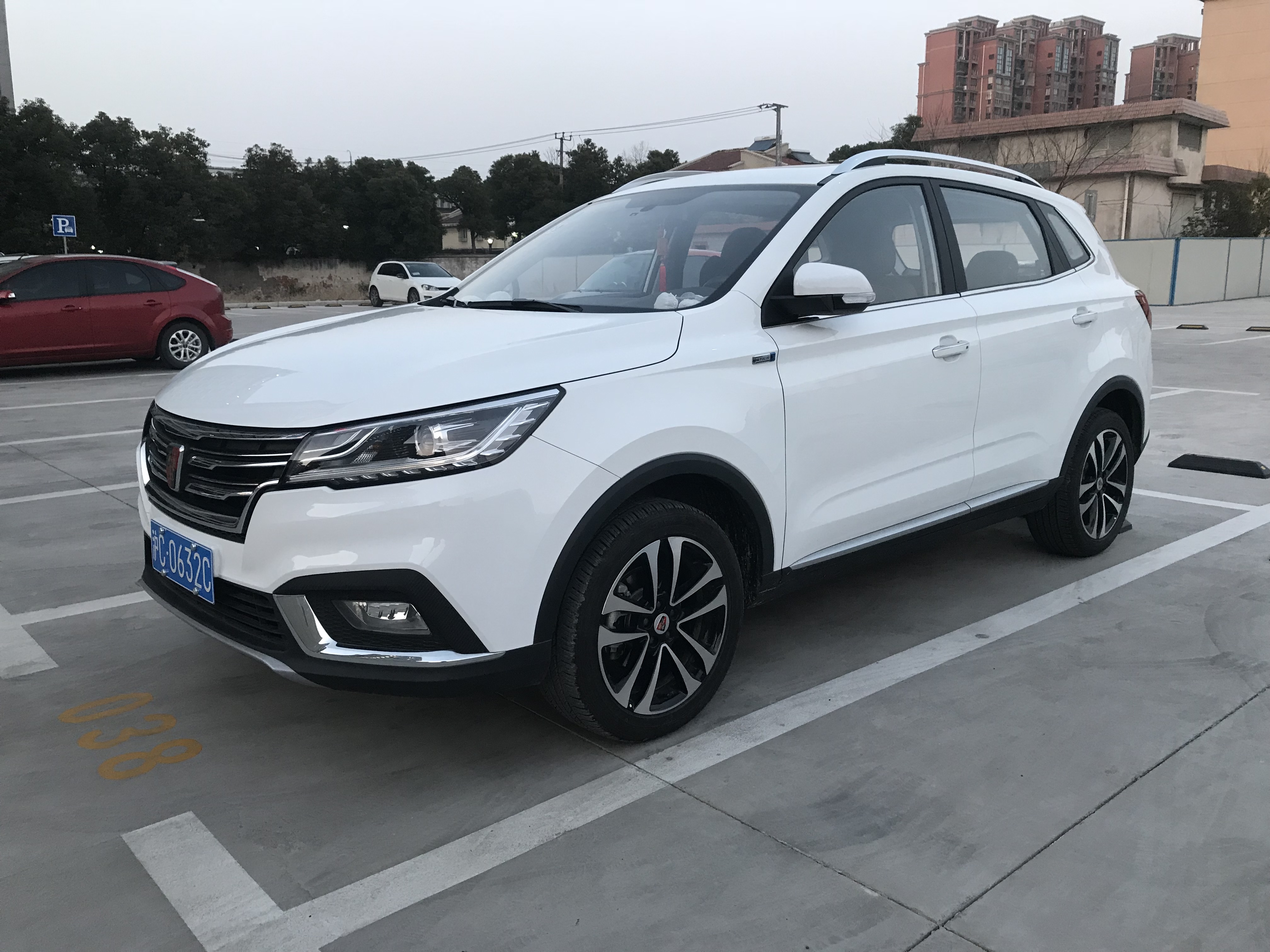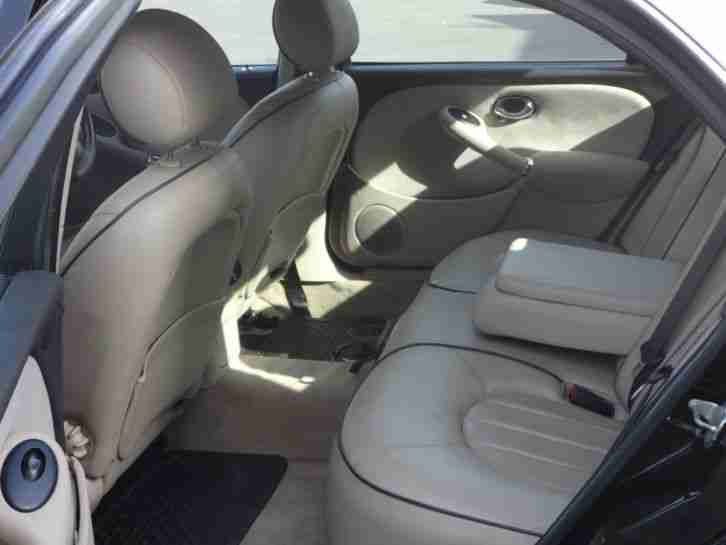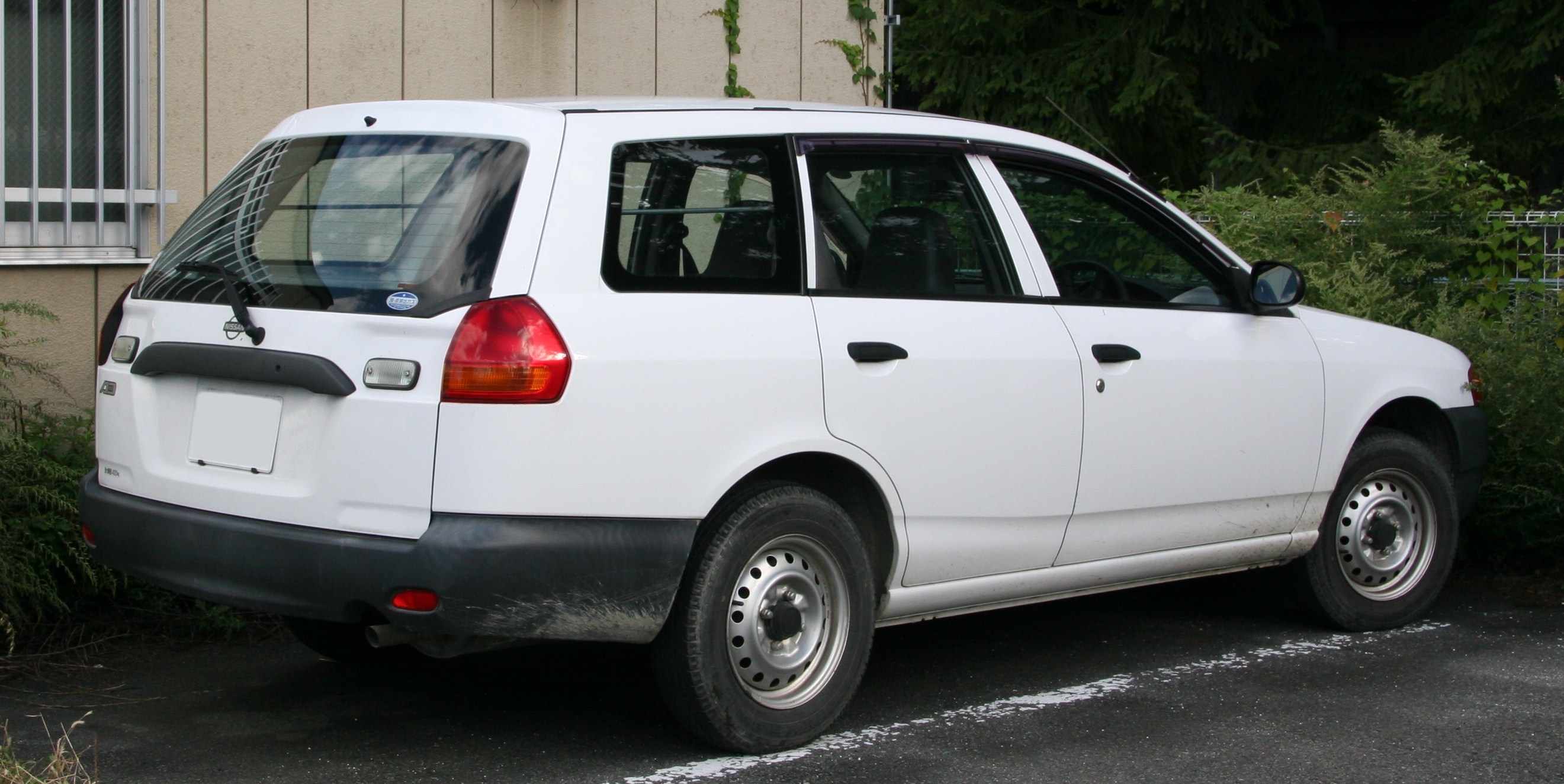|
Roewe 550
The Roewe 550 is a compact car that is produced by Roewe in China, and was launched at the 2008 Beijing Motor Show. The 550 was reported to be derived from the MG Rover RDX60 project (itself based on the platform of the Rover 75) which was under development when MG Rover failed. Overview The car, codenamed ''W261'' during development, is the work of a joint Anglo Chinese collaboration with ex experts of Rover, at consultancy firm Ricardo 2010 and SAIC had car development team. The 550 was previewed at the 2007 Shanghai Auto Show, in the form of the Roewe W2 concept car. The drivetrain uses a 1.8 litre engine based on the Rover K engine with 2.0 litre turbo diesel forecast to join the range and a choice of five speed manual, or five speed automatic transmission. The car features a high technology interior with digital instruments (the Roewe D5 DIGI-NEXT system) and the RMI (Roewe Multimedia Interface, the predecessor of the SAIC InkaNet 3G/4G interface which was later installed ... [...More Info...] [...Related Items...] OR: [Wikipedia] [Google] [Baidu] |
Roewe
Roewe is a vehicle marque created by the Chinese automaker SAIC Motor in 2006, focuses in luxury cars. Roewe vehicles were initially based on technology acquired from defunct British carmaker MG Rover. SAIC was unable to purchase the rights to the Rover brand name (which was retained by BMW, subsequently sold to Ford and ultimately returned to Jaguar Land Rover) and created the Roewe marque as a replacement. It is sold in most export markets outside China under the MG marque. Name The name ''Roewe'' originates from SAIC's failure to acquire the Rover brand name from BMW c. 2005 (it was instead sold to Ford in 2006,China debut for Rover-based car bbc.co.uk, Monday, 20 November 2006, 20:41 GMT and the brand is currently owned by |
Dual Clutch
A dual-clutch transmission (DCT) (sometimes referred to as a twin-clutch transmission) is a type of multi-speed vehicle transmission system, that uses two separate clutches for odd and even gear sets. The design is often similar to two separate manual transmissions with their respective clutches contained within one housing, and working as one unit. In car and truck applications, the DCT functions as an automatic transmission, requiring no driver input to change gears. The first DCT to reach production was the ''Easidrive'' automatic transmission introduced on the 1961 Hillman Minx mid-size car. This was followed by various eastern European tractors through the 1970s (using manual operation via a single clutch pedal), then the Porsche 962 C racing car in 1985. The first DCT of the modern era was used in the 2003 Volkswagen Golf R32. Since the late 2000s, DCTs have become increasingly widespread, and have supplanted hydraulic automatic transmissions in various models of cars ... [...More Info...] [...Related Items...] OR: [Wikipedia] [Google] [Baidu] |
Plug-in Hybrid
A plug-in hybrid electric vehicle (PHEV) is a hybrid electric vehicle whose battery pack can be recharged by plugging a charging cable into an external electric power source, in addition to internally by its on-board internal combustion engine-powered generator. Most PHEVs are passenger cars, but there are also PHEV versions of commercial vehicles and vans, utility trucks, buses, trains, motorcycles, mopeds, and even military vehicles. Similar to all-electric vehicles (BEVs), PHEVs displace greenhouse gas emissions from the car tailpipe exhaust to the power station generators powering the electricity grid. These centralized generators may be of renewable energy (e.g. solar, wind or hydroelectric) and largely emission-free, or have an overall lower emission intensity than individual internal combustion engines. Compared to conventional hybrid electric vehicles (HEVs), PHEVs have a larger battery pack that can be charged from the power grid, which is also more eff ... [...More Info...] [...Related Items...] OR: [Wikipedia] [Google] [Baidu] |
Global Positioning System
The Global Positioning System (GPS), originally Navstar GPS, is a satellite-based radionavigation system owned by the United States government and operated by the United States Space Force. It is one of the global navigation satellite systems (GNSS) that provides geolocation and time information to a GPS receiver anywhere on or near the Earth where there is an unobstructed line of sight to four or more GPS satellites. It does not require the user to transmit any data, and operates independently of any telephonic or Internet reception, though these technologies can enhance the usefulness of the GPS positioning information. It provides critical positioning capabilities to military, civil, and commercial users around the world. Although the United States government created, controls and maintains the GPS system, it is freely accessible to anyone with a GPS receiver. The GPS project was started by the U.S. Department of Defense in 1973. The first prototype spacecraft wa ... [...More Info...] [...Related Items...] OR: [Wikipedia] [Google] [Baidu] |
Bluetooth
Bluetooth is a short-range wireless technology standard that is used for exchanging data between fixed and mobile devices over short distances and building personal area networks (PANs). In the most widely used mode, transmission power is limited to 2.5 milliwatts, giving it a very short range of up to . It employs Ultra high frequency, UHF radio waves in the ISM bands, from 2.402GHz to 2.48GHz. It is mainly used as an alternative to wire connections, to exchange files between nearby portable devices and connect cell phones and music players with wireless headphones. Bluetooth is managed by the Bluetooth Special Interest Group (SIG), which has more than 35,000 member companies in the areas of telecommunication, computing, networking, and consumer electronics. The Institute of Electrical and Electronics Engineers, IEEE standardized Bluetooth as IEEE 802.15.1, but no longer maintains the standard. The Bluetooth SIG oversees development of the specification, manages the qualificat ... [...More Info...] [...Related Items...] OR: [Wikipedia] [Google] [Baidu] |
Roewe 360
The Roewe 360 is a compact sedan by Roewe's sub-brand, SAIC. Overview The Roewe 360 was introduced in 2015 as the successor of the Roewe 350 compact sedan. Since SAIC can use GM engines and transmissions under a deal agreed in 2014, the Roewe 360 shares the same engine and transmission as the Chevrolet Cruze, which is also sold by SAIC in China. File:Roewe 360 01 China 2016-04-16.jpg, Roewe 360 (front). File:Roewe 360 02 China 2016-04-16.jpg, Roewe 360 (side). File:Roewe 360 03 China 2016-04-16.jpg, Roewe 360 (rear). Roewe 360 Plus The Roewe 360 received a minor facelift in 2017. Its front bumpers, headlamps, and grilles were redesigned in line with the updated Roewe product line, creating a front fascia similar to those of the Roewe RX3, Roewe RX5, Roewe i6 and the facelifted Roewe 950. According to the official website, the model was named the 360 Plus, and was priced slightly higher than the regular 360. File:Roewe 360 Plus 02.jpg, Roewe 360 Plus (front). File:Roewe 36 ... [...More Info...] [...Related Items...] OR: [Wikipedia] [Google] [Baidu] |
Roewe 350
The Roewe 350 is a small family car or compact car produced by Roewe in China onwards from 2010,the 2.0 liter turbo engine produces 247 hp and goes from 0-100 in 4.8 seconds, this type of engine can only be found in the middle east and in China. the 1.5 liter engine is sold in international markets and produces 146 hp MG 350. Codenamed ''AP11'', it shares the same automotive platform with the MG 5 hatchback, which entered production in 2011 as a 2012 model. Overview The Roewe 350 debuted in concept car form at the 2009 Shanghai Auto Show as the Roewe N1, and was officially launched at the Beijing Auto Show in 2010 with a SAIC developed 1.5 L engine. The 350 is produced at a former Nanjing Automobile production base in Pukou. The price in China MSRP (Yuan) is from 89,700 to 124,700 (13,180 to US$18,320). File:2009 Roewe N1 Concept -- Shanghai Automobile Museum 2012-05-26.JPG, Roewe N1 Concept, prototype of the 350. File:Roewe 350 facelift 2 China 2012-04-14.jpg, Roewe 35 ... [...More Info...] [...Related Items...] OR: [Wikipedia] [Google] [Baidu] |
Rover K Engine
The Rover K-series engine is a series of internal combustion engines built by Powertrain Ltd, a sister company of MG Rover. The engine was a straight-four cylinder built in two forms, SOHC and DOHC, ranging from . Design history The K series was introduced in 1988 by Rover Group as a powerplant for the Rover 200 car. It was the second volume-production implementation of the low-pressure sand-casting (or LPS) technique in a new plant sited between East Works and Cofton Hackett. (The first volume application of the LPS process had been for the M-16 cylinder head, produced in South Works, adjacent to the former forge). The LPS process pumped liquid aluminium into a chemically-bonded sand mould from below. This reduced oxide inclusions and gave a casting yield of around 90%, compared with 60% for more conventional gravity casting processes. The process avoided many of the inherent problems of casting aluminium components and consequently permitted lower casting wall thickness and ... [...More Info...] [...Related Items...] OR: [Wikipedia] [Google] [Baidu] |
Concept Car
A concept car (also known as a concept vehicle, show vehicle or prototype) is a car made to showcase new styling and/or new technology. They are often exhibited at motor shows to gauge customer reaction to new and radical designs which may or may not be mass-produced. General Motors designer Harley Earl is generally credited with inventing the concept car, and did much to popularize it through its traveling Motorama shows of the 1950s. Concept cars never go into production directly. In modern times all would have to undergo many changes before the design is finalized for the sake of practicality, safety, regulatory compliance, and cost. A " production-intent" prototype, as opposed to a concept vehicle, serves this purpose. Design Concept cars are often radical in engine or design. Some use non-traditional, exotic, or expensive materials, ranging from paper to carbon fiber to refined alloys. Others have unique layouts, such as gullwing doors, 3 or 5 (or more) wheels, ... [...More Info...] [...Related Items...] OR: [Wikipedia] [Google] [Baidu] |
Rover 75
The Rover 75 is an executive car manufactured initially by the Rover Group and later by MG Rover, under the Rover marque and available over a single generation with front-wheel drive in either saloon/sedan or station wagon/estate configurations. Later variants included an extended-wheelbase model, and a rear-wheel drive variant with a V8 engine. In 2001, MG Rover launched a badge engineered variant, the MG ZT. A coupe concept was built, but did not receive further development. Rover 75s were manufactured by the Rover Group at Cowley, Oxfordshire, for one year. After owner BMW sold Rover, the 75 was manufactured by the new MG Rover Group at their Longbridge site in Birmingham. The Rover 75 debuted at the Birmingham Motor Show, with deliveries commencing in February 1999. As the last Rover executive sedan/saloon, production of all models ended in 2005 when MG Rover Group entered receivership. History The Rover 75 started life as part of a group of three new designs fo ... [...More Info...] [...Related Items...] OR: [Wikipedia] [Google] [Baidu] |
Automobile Platform
A car platform is a shared set of common design, engineering, and production efforts, as well as major components, over a number of outwardly distinct models and even types of cars, often from different, but somewhat related, marques. It is practiced in the automotive industry to reduce the costs associated with the development of products by basing those products on a smaller number of platforms. This further allows companies to create distinct models from a design perspective on similar underpinnings. A car platform is not to be confused with a platform chassis, although such a chassis can be part of an automobile’s design platform, as noted below. Definition and benefits A basic definition of a platform in cars, from a technical point of view, includes: underbody and suspensions (with axles) — where the underbody is made of front floor, Rearfloor, engine compartment and frame (reinforcement of underbody). Key mechanical components that define an automobile platform inc ... [...More Info...] [...Related Items...] OR: [Wikipedia] [Google] [Baidu] |

.jpg)





